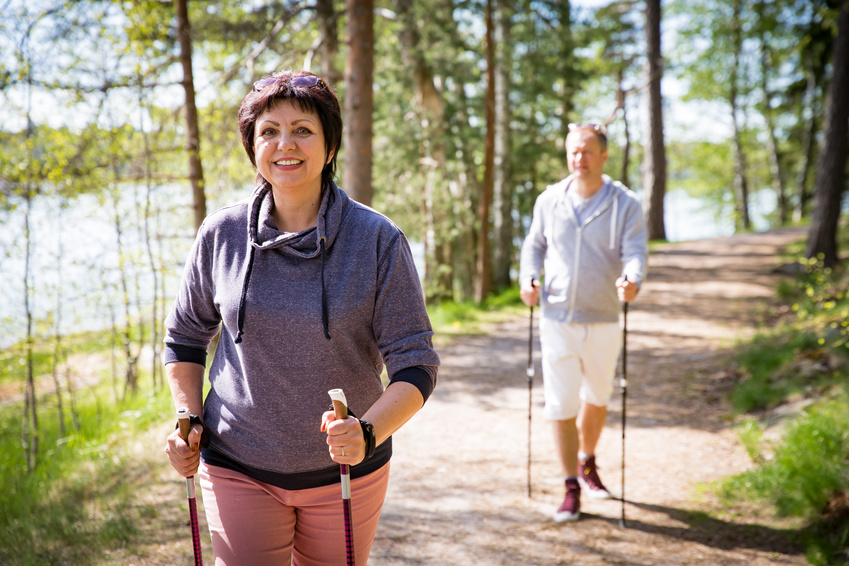Rheumatoid arthritis affects around 1.3 million Americans, roughly 75% of those are women. Rheumatoid arthritis (RA) is an autoimmune disorder that occurs when your immune system attacks your own body mistakenly. RA affects your joints, but can also damage your lungs, kidneys, heart, skin, eyes, and blood vessels. RA can cause painful swelling that eventually leads to bone erosion and joint deformity. Common early symptoms of RA include but are not limited to, warm, swollen and tender joints (in the early stages, these tend to be the smaller joints in your hands and feet), joint stiffness first thing in the morning and after prolonged inactivity, and fatigue, fever, and weight loss.
What to do if diagnosed with Rheumatoid Arthritis
Early treatment at the onset of symptoms can improve long-term functioning, stop joint pain and swelling and decrease the damage done to the affected joints allowing for a more active lifestyle. The combination of medication and movement help to keep your body moving and working for you.
Physical and Occupational Therapy play a key role in the management of RA. Regular low impact exercise, directed to you by a therapist can increase muscle strength and flexibility which can lower the pressure your joints experience each time you move. Therapists not only understand how the muscles, bones, and joints function to help keep you moving, but they also have the ability to provide relief to sore joints with hands-on treatment. Feeling well enough to move is crucial when managing RA.
How to deal with RA “flares”
When a patient is experiencing a “flare” or increase in symptoms, they tend to want to decrease activity and be sedentary until the pain and symptoms recede. Working with a therapist to develop an individualized set of exercises that you can perform, even when not feeling great is important to your joint health. A few quick tips for exercising during a flare include:
- Exercise in water. This decreases the stress on your joints by up to 75% when you exercise in water up to your neck.
- Start slow and pace yourself. Expect to exercise at a lower speed, intensity, or level than prior to the flare. The 3-mile walk you usually take may only be 1 mile during a flare.
- Do not stretch an inflamed joint. Stretching during a flare may cause further joint damage.
- Use ice before/after you exercise to help keep inflammation and swelling down.
Low impact exercise, such as walking, swimming, or bicycling can decrease the stress placed through the affected joints, allowing you to continue to be active and healthy. Modifications can be made to your exercise plan if you are experiencing pain, such as increasing your bicycle seat height, using a walking stick or cane, or moving your exercise into the pool. Occupational Therapists can work with you to keep you independent. They are able to modify daily activities like dressing, cooking, or bathing if they become painful or hard to do. An OT can recommend alternative ways to accomplish the same task as well as offer assistive products on the market that can help you complete a given task.
No matter what stage of RA you are in, therapy can help you feel better, keep you active, and keep the disease from progressing as quickly.

